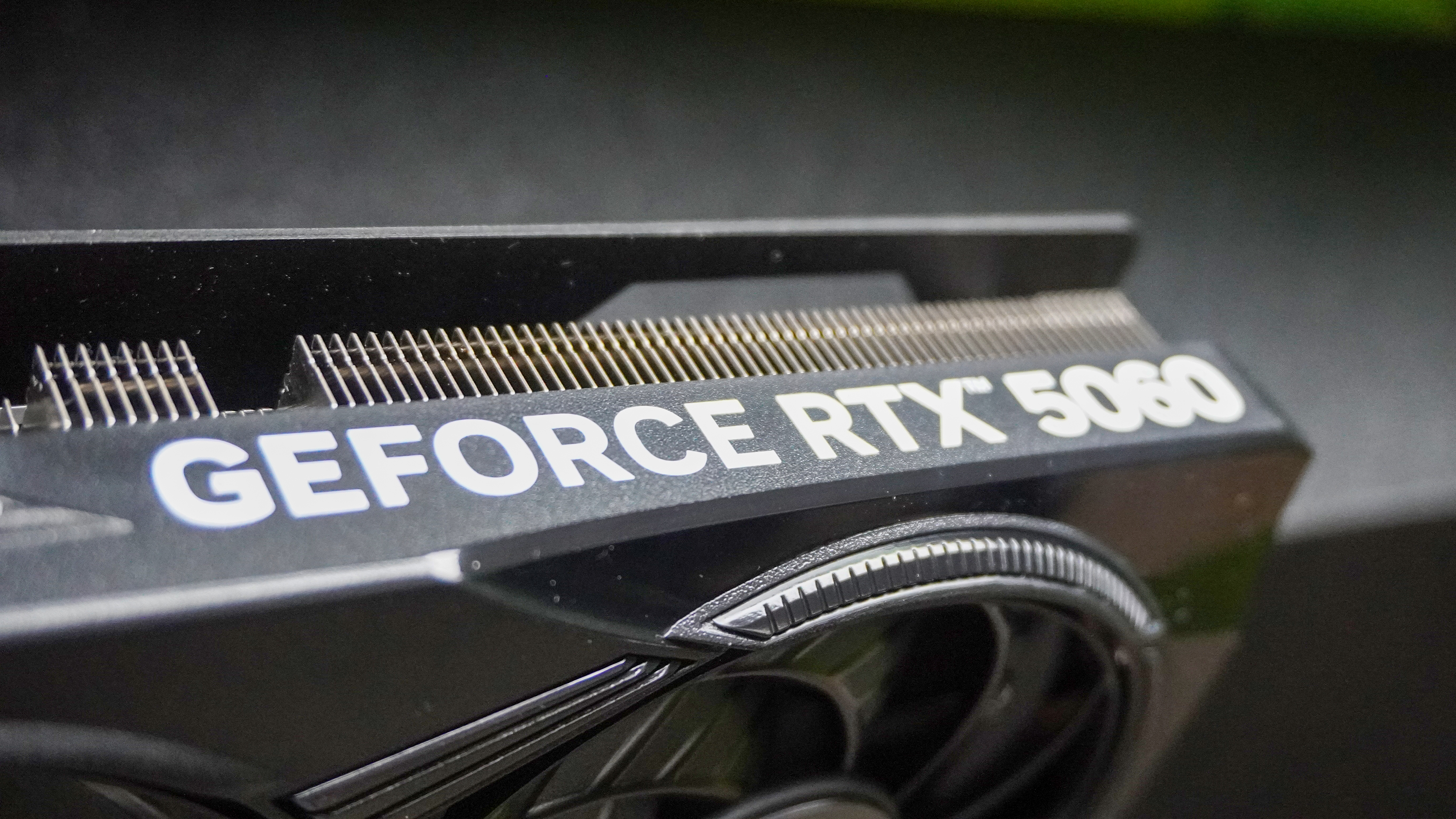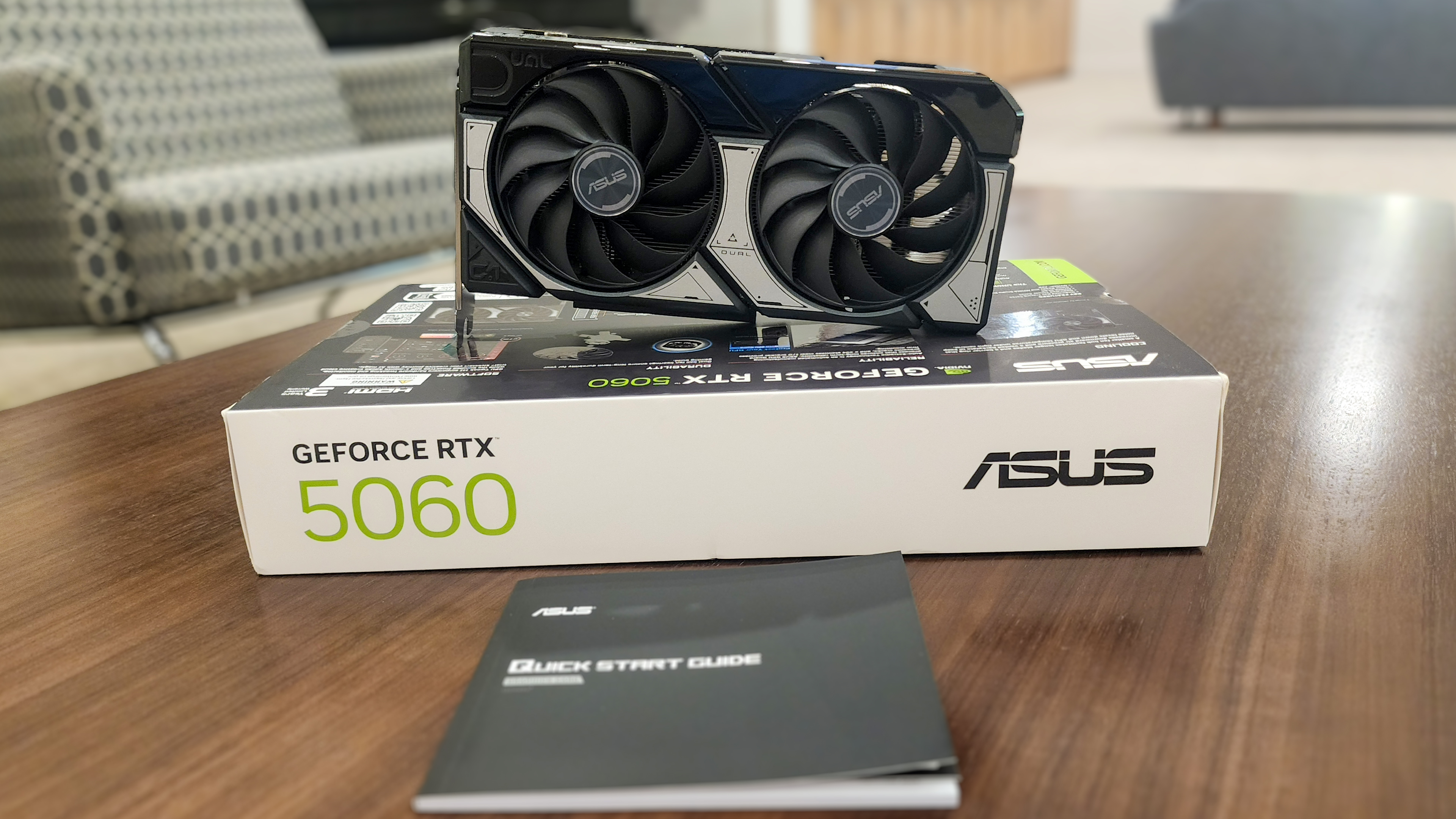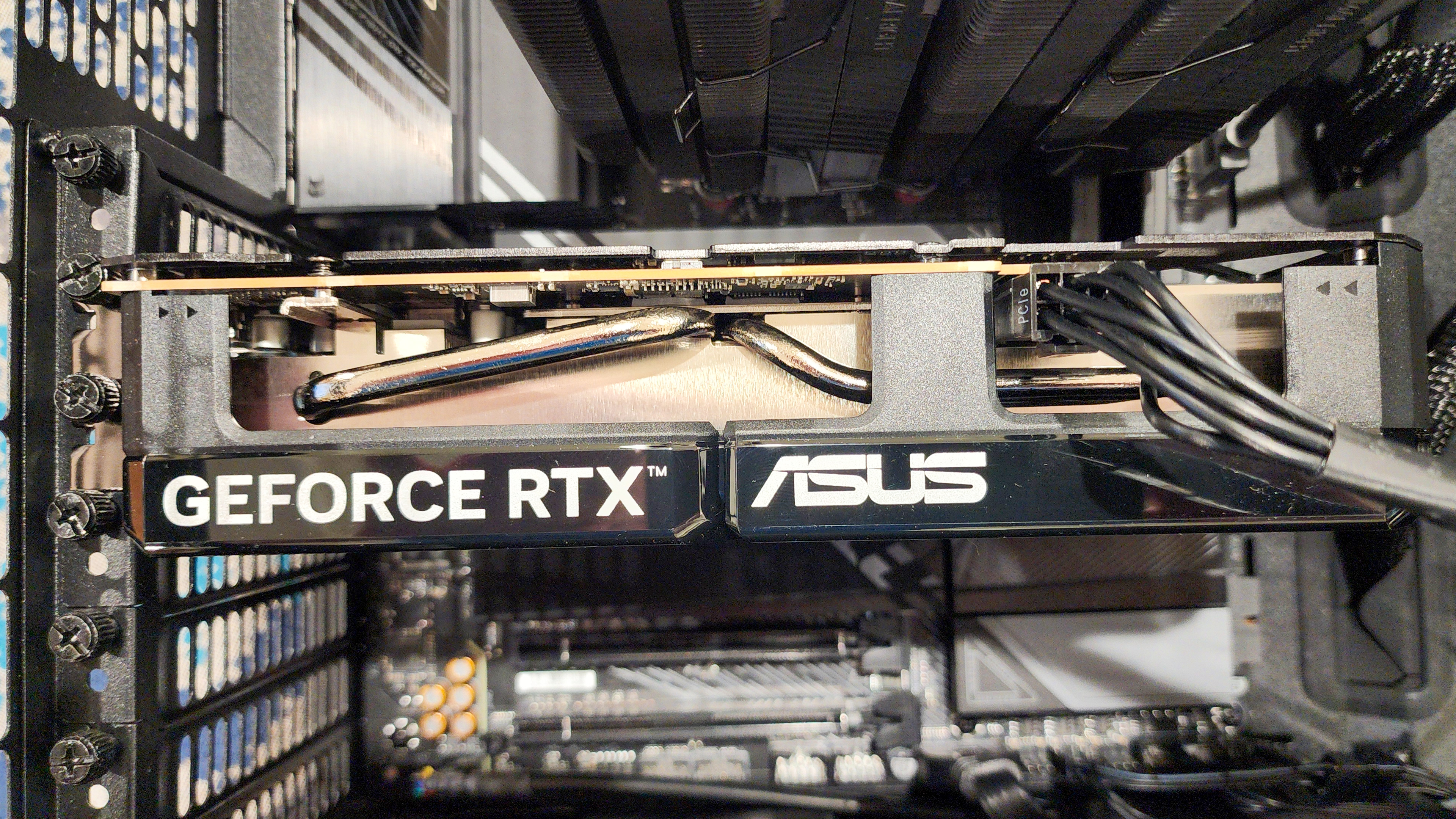Nvidia wants to make 8GB GPUs great again with AI texture compression — but I'm not convinced

If you’re annoyed by just getting 8GB of video memory (VRAM) on your Nvidia RTX 5060 Ti, RTX 5060 or RTX 5050 GPU, there may be a fix coming. And just like a lot of Team Green’s work, it’s all about AI.
In 2025, when plenty of games are requiring more than this from the jump, it’s simply not enough (and PC gamers are letting Nvidia and AMD know with their wallets). Which is why Nvidia is looking to neural trickery — it’s bread and butter with the likes of DLSS 4 and multi-frame gen.
You may already know of Neural Texture Compression (or NTC), which is exactly what it says on the tin: taking those detailed in-game textures and compressing them for efficiency of loading and frame rate.
As WCCFTech reports, NTC has seemingly taken another giant step forward by taking advantage of Microsoft’s new Cooperative Vector in DirectX Raytracing 1.2 — resulting in one test showing an up-to-90% reduction in VRAM consumption for textures.
To someone who is always wanting to make sure people get the best PC gaming bang for their buck, this sounds amazing. But I’m a little weary for three key reasons.
Only in Nvidia’s house
As you can see in tests run by Osvaldo Pinali Doederlein on X (using a prerelease driver), this update to make the pipeline of loading textures more efficient with AI is significant. Texture size dropped from 79 MB all the way to just 9 MB — dropping the VRAM consumption by nearly 90%.
How does it perform? Disabling v-sync, RTX 5080, demo at the startup position: (explained next tweet)Default: 2,350fps / 9.20MBNo FP8: 2,160fps / 9.20MBNo Int8: 2,350fps / 9.20MBDP4A: 1,030fps / 9.14MBTranscoded: 2,600fps / 79.38MBJuly 15, 2025
Just like DLSS 4 and other technologies extracting a higher frame rate and better graphical fidelity out of RTX 50-series GPUs, NTC requires developers to code it in.
Get instant access to breaking news, the hottest reviews, great deals and helpful tips.
And while Nvidia is one of the better companies in terms of game support for its AI magic (so far over 125 games support DLSS 4), it’s still a relatively small number when you think of the many thousands of PC titles that launch every year.
Tested very specifically

Of course, this is not a burn on Doederlein here. This testing is great! But it is one example that doesn’t take into account the broader landscape of challenges that are faced in a game — a test scene of a mask with several different textures isn’t the same as rendering an entire level.
So while this near-90% number is impressive nonetheless, when put to a far bigger challenge, I anticipate that number will be much lower on average. But when it comes to 8GB GPUs, every little bit helps!
8GB still has an expiry date

So yes, on paper, Nvidia’s NTC could be the savior of 8GB GPUs, and it could extract more value from your budget graphics card.
But let’s address the elephant in the room — graphics cards with this low amount of video memory have been around for years, games in 2025 have proven that it’s not enough and neural texture compression looks to me like a sticking plaster.
I don’t want to ignore the benefits here, though, because any chance to make budget tech even better through software and AI is always going to be a big win for me.
But with the ever-increasing demands of developers (especially with Unreal Engine 5 bringing ever-more demanding visual masterpieces like The Witcher 4 to the front), how far can AI compression really go?
More from Tom's Guide
Follow Tom's Guide on Google News to get our up-to-date news, how-tos, and reviews in your feeds. Make sure to click the Follow button.
- I’ve been waiting for this: Nvidia RTX 5080, 5070 Ti and 5070 SUPER could finally fix the biggest flaw — not enough VRAM
- Get over $200 off the best ultrawide monitor I’ve ever used, $250 off a beasty RTX 5070 gaming PC and more — Power Picks
- Leaked Windows 11 gaming handheld UI hints at long-overdue fix ahead of ROG Xbox Ally launch — and it’s about time

Jason brings a decade of tech and gaming journalism experience to his role as a Managing Editor of Computing at Tom's Guide. He has previously written for Laptop Mag, Tom's Hardware, Kotaku, Stuff and BBC Science Focus. In his spare time, you'll find Jason looking for good dogs to pet or thinking about eating pizza if he isn't already.
You must confirm your public display name before commenting
Please logout and then login again, you will then be prompted to enter your display name.
